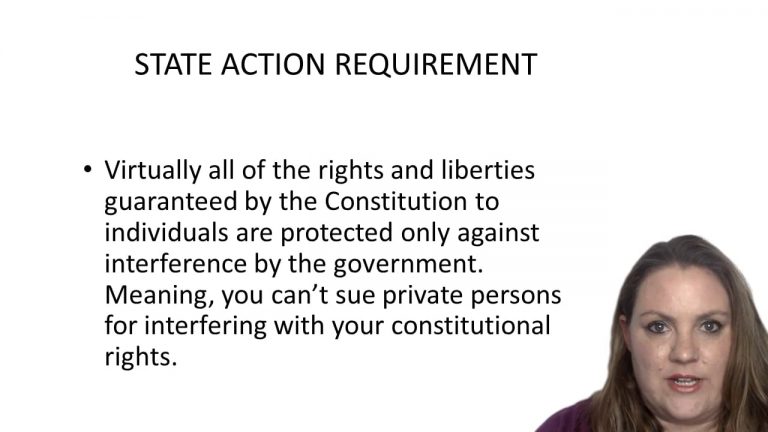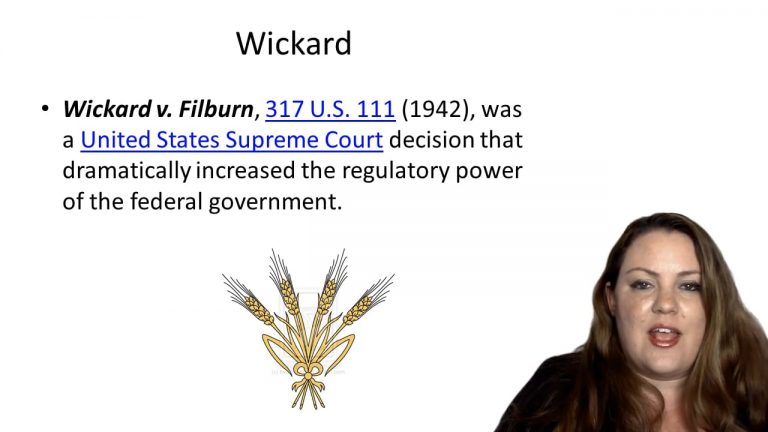SmartBrief
Confirm favorite deletion?
Constitutional Law Keyed to Rotunda
Houston, East & West Texas Railway v. United States (The Shreveport Case)
Citation:
234 U.S. 342 (1914)Facts
The carriers made rates out of Dallas and other Texas points into eastern Texas which were much lower than those which extended into Texas from Shreveport. The difference in rates was substantial and injuriously affected the commerce of Shreveport. To correct this discrimination against Shreveport, the Interstate Commerce Commission directed the carriers to refrain from charging higher rates for the transportation of any commodity from Shreveport to Dallas and Houston respectively than were charged for the carriage of such commodity from Dallas and Houston toward Shreveport for equal distances. The appellants complained that the Commission was without authority to compel their reduction to equalize them with the lower intrastate rates.
Only StudyBuddy Pro offers the complete Case Brief Anatomy*
Access the most important case brief elements for optimal case understanding.
*Case Brief Anatomy includes: Brief Prologue, Complete Case Brief, Brief Epilogue
- The Brief Prologue provides necessary case brief introductory information and includes:
Topic:
Identifies the topic of law and where this case fits within your course outline.Parties:
Identifies the cast of characters involved in the case.Procedural Posture & History:
Shares the case history with how lower courts have ruled on the matter.Case Key Terms, Acts, Doctrines, etc.:
A case specific Legal Term Dictionary.Case Doctrines, Acts, Statutes, Amendments and Treatises:
Identifies and Defines Legal Authority used in this case.
- The Case Brief is the complete case summarized and authored in the traditional Law School I.R.A.C. format. The Pro case brief includes:
Brief Facts:
A Synopsis of the Facts of the case.Rule of Law:
Identifies the Legal Principle the Court used in deciding the case.Facts:
What are the factual circumstances that gave rise to the civil or criminal case? What is the relationship of the Parties that are involved in the case.Issue(s):
Lists the Questions of Law that are raised by the Facts of the case.Holding:
Shares the Court's answer to the legal questions raised in the issue.Concurring / Dissenting Opinions:
Includes valuable concurring or dissenting opinions and their key points.Reasoning and Analysis:
Identifies the chain of argument(s) which led the judges to rule as they did.
- The Brief Prologue closes the case brief with important forward-looking discussion and includes:
Policy:
Identifies the Policy if any that has been established by the case.Court Direction:
Shares where the Court went from here for this case.
Topic Resources
Topic Videos
 8m 59s
8m 59s 9m 38s
9m 38sTopic Outline
Topic Refresher Course
